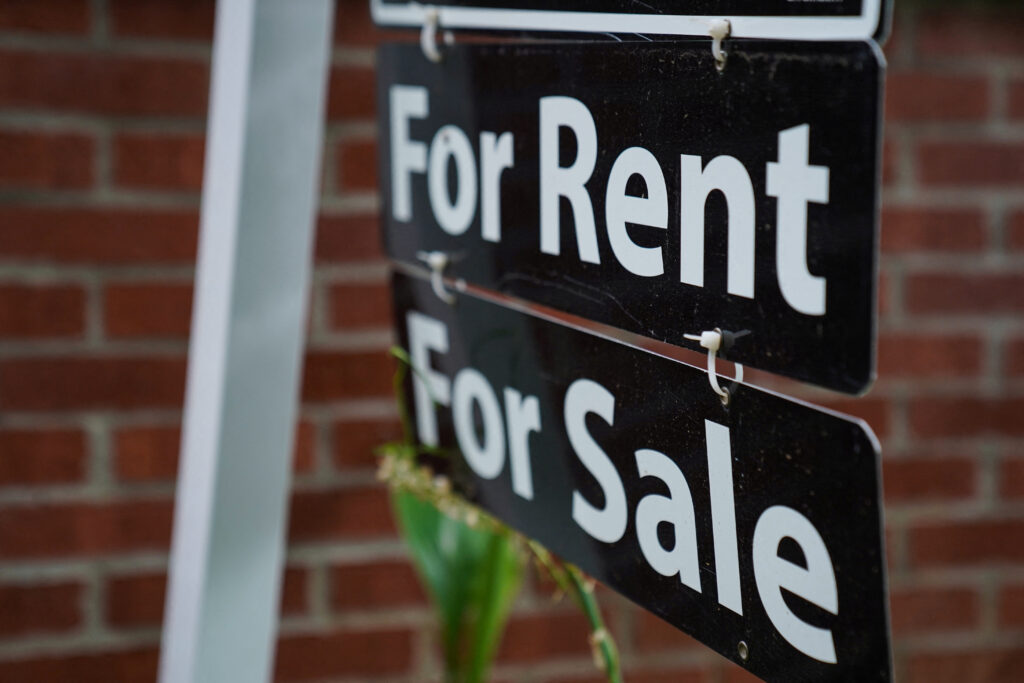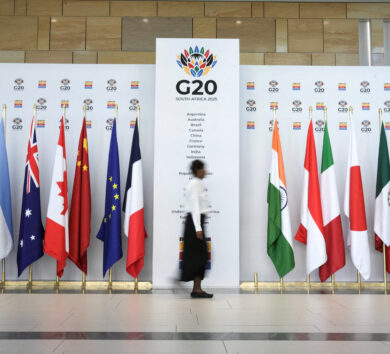

WASHINGTON (Reuters)
U.S. single-family homebuilding dropped to an 11-month low in June as high mortgage rates and economic uncertainty hampered home purchases, suggesting residential investment contracted again in the second quarter.
The report from the Commerce Department on Friday also showed permits for future construction of single-family homes tumbled to more than a two-year low last month, aligning with downbeat sentiment among homebuilders. The slump in demand has increased the supply of homes on the market, discouraging builders from breaking ground on new housing projects. New housing inventory is at levels last seen in late 2007.
Though the housing market accounts for a small share of gross domestic product, it has a bigger economic footprint through purchases of furniture and appliances and other activity. There are concerns that protracted housing market weakness could spill over to the broader economy.
Economists said the housing market was in need of lower borrowing costs, but acknowledged that President Donald Trump’s aggressive tariffs, which they view as inflationary, made it harder for the Federal Reserve to resume cutting interest rates. They said the Trump administration’s immigration crackdown also is causing labor shortages at construction sites.
“Everywhere builders look there are reasons to delay or scrap projects,” said Christopher Rupkey, chief economist at FWDBONDS. “The nation’s housing market outlook has never looked this troublesome. This could actually end quite badly for the economy.”
Single-family housing starts, which account for the bulk of homebuilding, dropped 4.6% to a seasonally adjusted annual rate of 883,000 units last month, the lowest level since July 2024, the Commerce Department’s Census Bureau said.
Homebuilding in that category fell in all four regions, with steep declines in the West and the densely-populated South.
Permits for future single-family homebuilding decreased 3.7% to a rate of 866,000 units, the lowest level since March 2023. There were sharp drops in the South, Midwest and West. But single-family homebuilding permits rose in the Northeast, which accounts for a small share of the housing market.
Fed on hold
The U.S. central bank paused its rate cuts in December. Despite pressure from Trump to cut rates, economists expect the Fed to keep its benchmark overnight interest rate in the 4.25%-4.50% range at its policy meeting later this month, citing rising inflation because of tariffs.
Consumer and producer inflation data for June suggested the import duties were starting to drive up prices for some goods.
Trade policy uncertainty and worries over the country’s rising debt load have boosted U.S. Treasury yields, keeping mortgage rates elevated. The average rate on the popular 30-year fixed mortgage has hovered just under 7% this year, data from mortgage finance agency Freddie Mac showed.
Trump last week announced higher duties would come into effect on August 1 for imports from a range of countries, including Mexico, Japan, Canada and Brazil, and the European Union. Trump in April slapped a 10% duty on nearly all imports, while giving nations a 90-day period to negotiate trade deals.
A National Association of Home Builders survey on Thursday showed the share of builders cutting prices to attract buyers rose in July to the highest level since 2022.
Starts for housing projects with five units or more soared 30.6% to a rate of 414,000 units in June. This segment is extremely volatile. Overall housing starts rose 4.6% to a rate of 1.321 million units. Economists polled by Reuters had forecast housing starts would climb to a rate of 1.3 million units.
Multi-family building permits jumped 8.1% to a rate of 478,000 units. That lifted overall building permits 0.2% to a pace of 1.397 million units last month.
Residential investment, which includes homebuilding, contracted in the first quarter. It is expected to have remained a drag on GDP in the second quarter.
“I look for a sustained period of weakness in residential building activity, extending through the summer and likely into the fall,” said Stephen Stanley, chief U.S. economist at Santander U.S. Capital Markets.







Comments